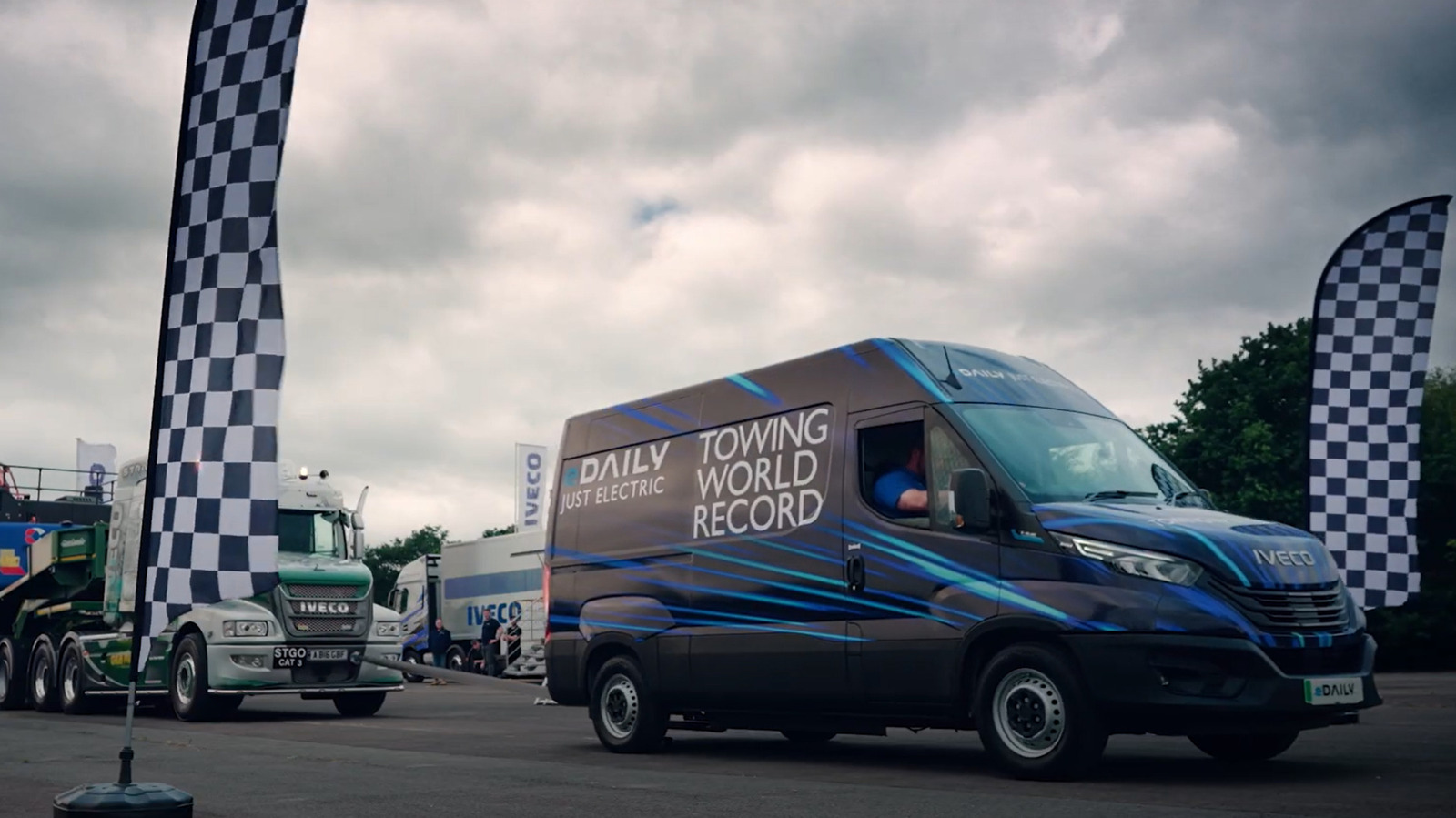Rapid Read • 8 min read
Bristow Norway, an offshore operations specialist, has begun flights with the Beta Technologies Alia CX300 electric aircraft in a newly established Norwegian test zone for low-emission aircraft. The aircraft, identified as N214BT, was transported to this test arena after completing a series of flights from Ireland, passing through various European countries. The Norwegian civil aviation regulator and airports operator Avinor have set up this test zone to evaluate the integration of low-emission technology into Norway's aviation sector. Initially, Bristow pilots, trained by Beta, will conduct evaluation flights between Stavanger and Bergen, with potential expansion to other routes later in the year. Norwegian transport minister Jon-Ivar Nygard highlighted the significance of this first flight as a major step in a complex journey towards sustainable aviation.
AD
The initiation of flights with the Beta CX300 in Norway represents a significant advancement in the adoption of low-emission aviation technology. This development is crucial as it aligns with global efforts to reduce carbon emissions in the aviation industry, a sector known for its substantial environmental impact. The insights gained from this six-month regulatory sandbox evaluation will be invaluable for operators, manufacturers, and regulators, potentially influencing future commercial operations. Norway's commitment to innovation and modernization in aviation could set a precedent for other countries aiming to integrate sustainable technologies into their air transport systems.
As the test flights progress, Bristow Norway may expand the routes beyond Stavanger and Bergen, providing further data on the operational capabilities of the Beta CX300. The outcomes of this evaluation could lead to broader adoption of electric aircraft in Norway and potentially influence regulatory frameworks for low-emission aviation globally. Stakeholders in the aviation industry, including other operators and manufacturers, will likely monitor the results closely to assess the feasibility and benefits of integrating similar technologies into their operations.
The successful integration of electric aircraft like the Beta CX300 could have long-term implications for the aviation industry, including reduced reliance on fossil fuels and decreased operational costs. Additionally, it may spur further innovation in electric aviation technology, encouraging more companies to invest in sustainable solutions. This shift could also influence public perception and acceptance of electric aircraft as a viable alternative to traditional aviation methods.
AD
More Stories You Might Enjoy














